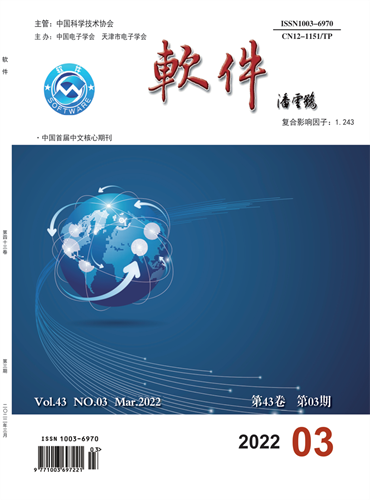正确处理需求——专业的方法
引用次数: 4
摘要
软件工程师和系统分析师不断被采用这种设计方法或那种实现支持工具的需求所淹没。选择并不缺乏。然而,除非非常清楚应该设计和/或实现的是什么,否则这些技术和工具很可能被浪费在产生错误的东西上。在投入其他人的资金和资源之前,所有专业工程师都有责任确认他们正在使用良好的需求规范。什么是“好的”需求规范?如何确保一个人拥有一个需求规范?这篇论文描述了一种全新的方法来生成可重用的需求规范,它达到了迄今为止无法达到的清晰度和精确度。最重要的是,该方法提供了向客户清楚地演示规范的实际内容(而不是其假定内容)的能力——在信息意义上。如果专业工程师想要让他的客户跟随他,或者在需要更改时说服客户——在对后续设计或候选设计做出任何认真的承诺之前,这种能力是至关重要的。本文章由计算机程序翻译,如有差异,请以英文原文为准。
Getting the requirements right-a professional approach
Software engineers and system analysts are continually inundated with demands to adopt this design methodology or that implementation support tool. There is no shortage of options. However, unless it is very clear what is is that is supposed to be designed and/or implemented, such techniques and tools are likely to be wastefully employed producing the wrong thing. It is incumbent upon all professional engineers, before committing other people's money and resources, to be able to confirm that they are setting to work with a good requirement specification. What is a 'good' requirements specification and how may one ensure that one has one? The paper described a radically new approach to producing re-usable requirements specifications which achieves levels of clarity and precision hitherto unattainable. Above all the approach provides the ability to demonstrate clearly to a client the actual content of a specification as opposed to its supposed content-in an information sense. Such ability is vital if the professional engineer is to be able to carry his client with him or if the client is to be convinced when changes are required-before any serious commitment to consequential or candidate design is made.
求助全文
通过发布文献求助,成功后即可免费获取论文全文。
去求助
来源期刊
自引率
0.00%
发文量
11857
期刊介绍:
Computer engineering & Software, founded in 1979, is an academic journal of information technology sponsored by China Association for Science and Technology and China Institute of Electronics and Tianjin Institute of Electronics.
Computer engineering & Software has columns such as expert Forum, Fund project papers, software and database technology research, application technology and research, network and communication, image processing and application, multimedia technology application Artificial intelligence and recognition.
Computer engineering & Software is the source Journal of China Academic Periodical Comprehensive Evaluation Database, the Journal of China Core Periodical (Selection) Database, the source journal of Peking University's Chinese Core Periodical Overview (the first edition in 1992), the Journal of Wanfang data-Digital Periodical Group full-text Collection, the Journal of Chinese Science and Technology Periodical Database (full-text edition), and Wave Journals included in the "Copernicus Index" have been included in the United States "Cambridge Scientific Abstracts", the United States "Uhlig International Journal Guide", the JST Japan Science and Technology Promotion Agency database (2018) and other Chinese and foreign databases.

 求助内容:
求助内容: 应助结果提醒方式:
应助结果提醒方式:


